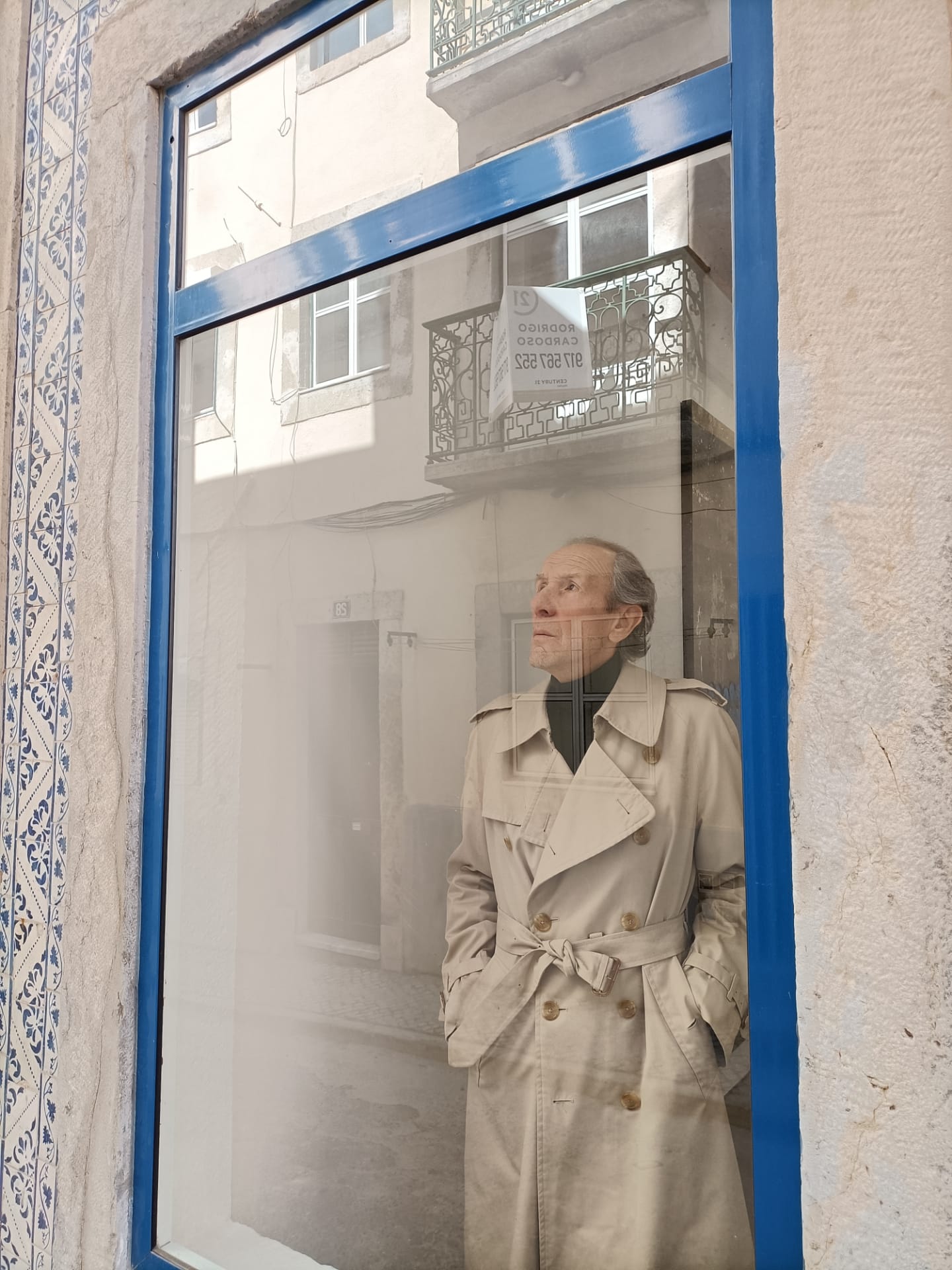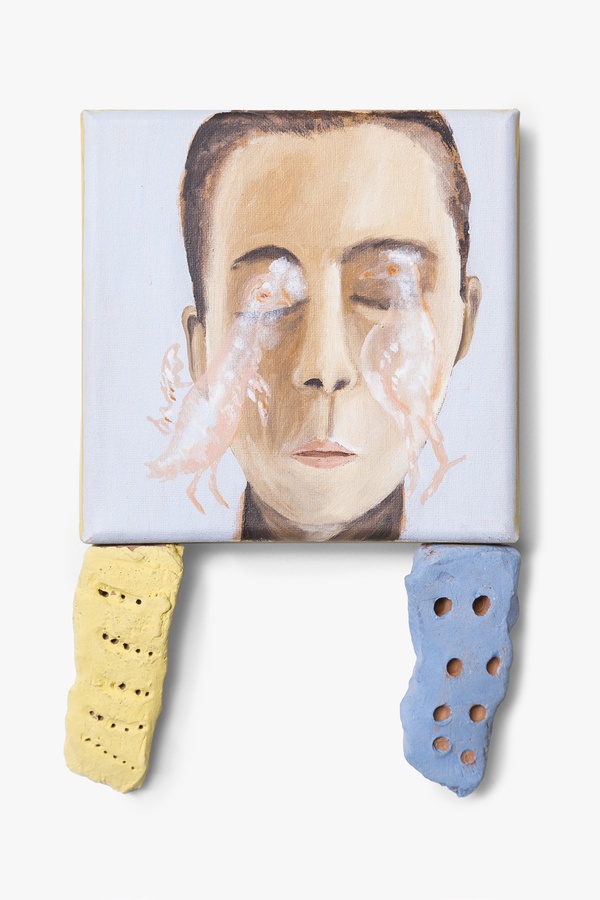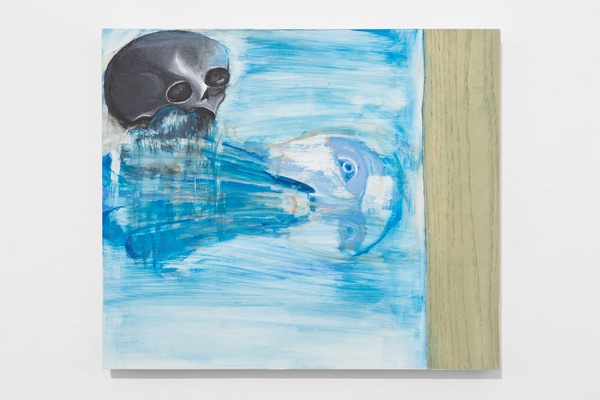
Enzo
Cucchi
Enzo Cucchi (Morro d’Alba, 1949) lives and works in Rome.
Considered the most visionary artist among exponents of the Transavanguardia, in the 1980s Enzo Cucchi became internationally renowned. In the late 1970s, he moved to Rome and temporarily abandoned poetry to devote himself almost exclusively to the visual arts. Here Cucchi made contact with the artists Francesco Clemente and Sandro Chia, with whom he established dialectical and intellectual exchanges.
Cucchi views painting as a dynamic medium that integrates various forms, concepts, and materials. Through expressive gestures, the canvas becomes a receptacle for images and thoughts, forming a discourse marked by multiple suspensions. Disparate symbols, drawn from classical or dreamlike realms, overlap in a chromatic fabric, creating a spatial-temporal ambiguity. The use of bold and varied colors, along with techniques like painting, ceramics, mosaic, and bronze, reflects Cucchi’s unruly artistic approach.
His interest in interdisciplinary interactions extends to diverse fields, including visual arts, architecture, design, and fashion. Collaborations with figures like Alessandro Mendini and Ettore Sottsass result in joint projects, four-handed works, and shared exhibitions. In recent years, Cucchi has designed permanent installations for various cities, such as mosaics for the Museum of Art in Tel Aviv, monumental ceramics for Termini Station in Rome, and ceramic works for the Naples subway.
Notably, he created “Ideal Fountains” in different locations, demonstrating the adaptability of his language that combines narrative strength with the seduction of form. These works, including installations in Toronto, the Louisiana Museum in Copenhagen, Catanzaro, and Ancona, engage with the complexity of urban spaces and communicate with diverse cultural contexts.
Enzo Cucchi has presented numerous solo exhibitions and taken part in collective shows in the most important Italian and foreign museums, such as the Kunsthalle in Basel, the Sol-omon R. Guggenheim Museum, New York, the Tate Gallery in London, the Centre Georges Pompidou in Paris, the Castello di Rivoli, the Palazzo Reale in Milan, the Sezon Museum of Art in Tokyo, the Academy of France in Rome–Villa Medici, and the Musée d’art moderne of Saint-Étienne Métropole.
He has also participated in the most important contemporary art exhibitions internationally, including the Venice Biennial, documenta in Kassel, and the Quadriennale d’Arte in Rome. His works are in the world’s major museum collections and the most prestigious private collections.


